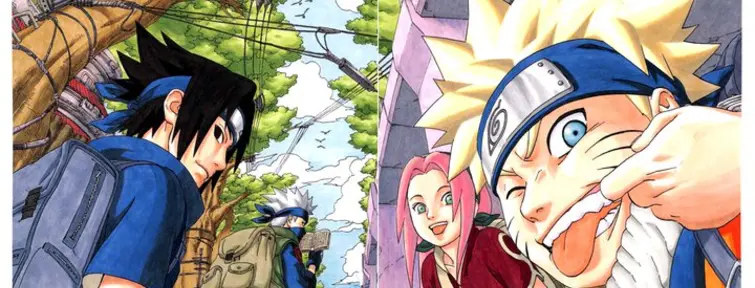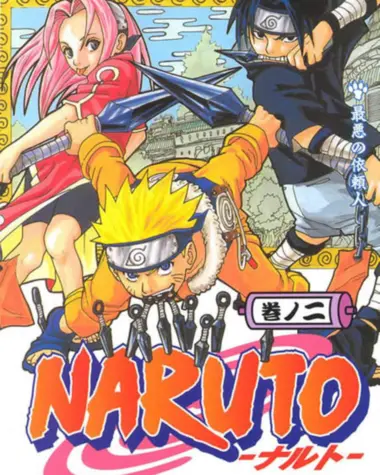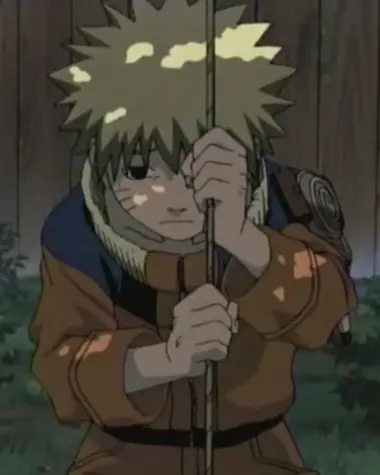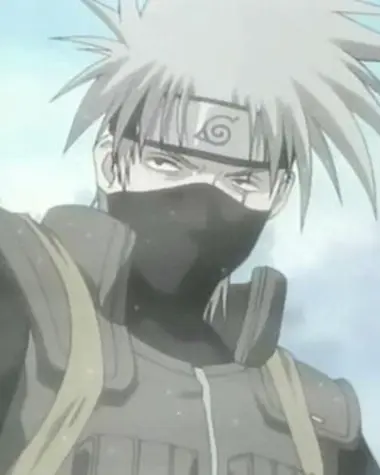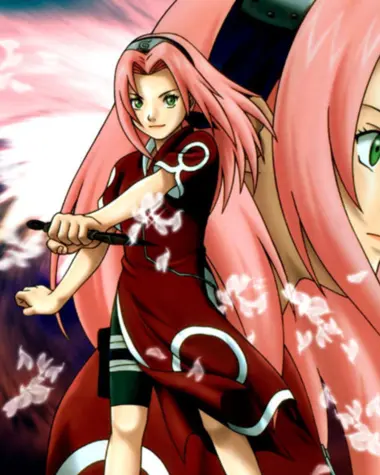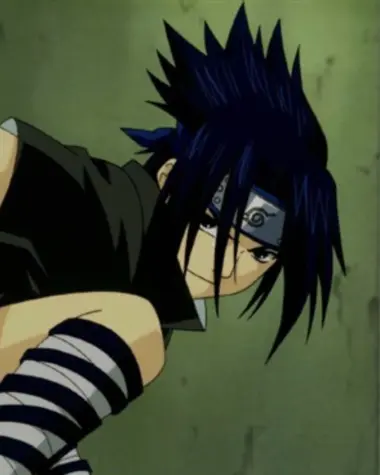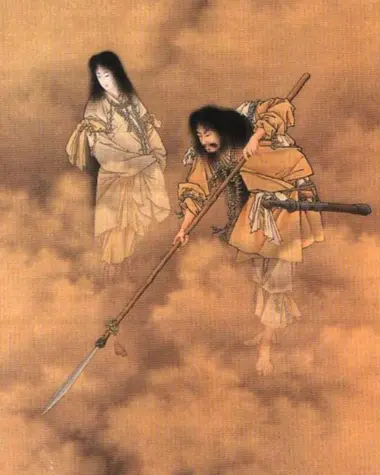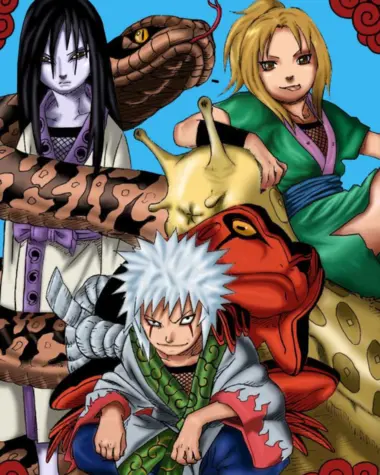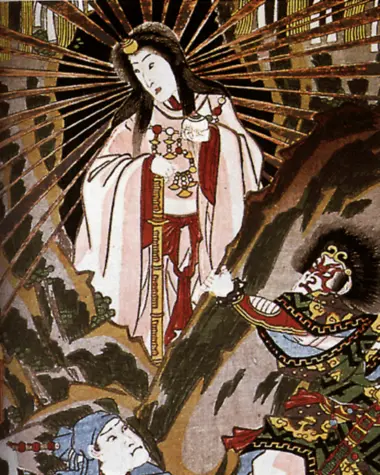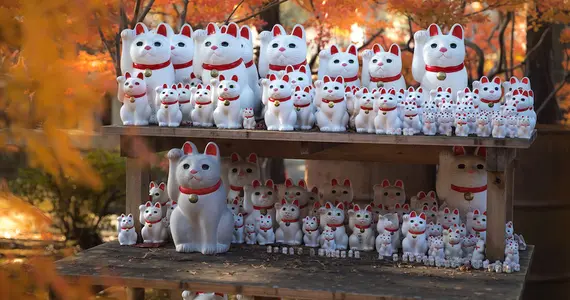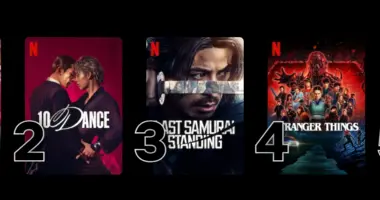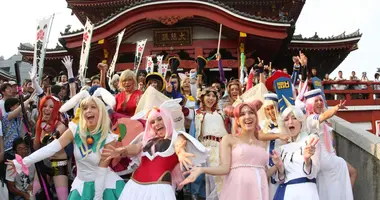Naruto ナルト
- Published on : 15/12/2022
- by : bryan@japan-experience.com
- Youtube
The way of the ninja
As a timeless manga that has marked several generations, Naruto has revitalized the action-adventure genre in shonen. Here is a quick overview of this internationally famous manga, published between 1999 and 2014.
"One day I will surpass the Hokage master! And everyone will recognize my value." This sentence, which is probably not foreign to you, at the same time full of hope while hiding a real suffering and a search for the acceptance of his peers, represents the heart of the Naruto universe.
Naruto's story
12 years after the destruction of the hidden village of Konoha by the nine-tailed fox demon, the story follows Naruto Uzumaki, a young ninja bursting with energy. Very quickly, we see that he is rejected by all, hated, and that the whispers of the adults intensify in his presence. At first he puts this down to his extravagant and original character, but Naruto finally learns that he carries within him the demon responsible for the attack 12 years ago, sealed by the Hokage (the most powerful ninja of the village) at that time.
The story then focuses on Naruto's evolution, his apprenticeship and his integration as a ninja, but also on the change of perception of many characters facing the discovery of the personality and the suffering of this endearing boy.
Over the course of the volumes, Naruto, originally alone and rejected by all, begins to find his place by joining Team 7, composed of Sasuke Uchiha, a rival at the opposite of Naruto, Sakura Haruno, a young girl more obsessed by her appearance than by the ninja art and Kakashi Hatake, a mysterious team leader.
In a not very welded team, which struggles to face its differences at the beginning, each character will quickly learn to trust each other and develop important human values. Thus, Sakura's character learns not to judge Naruto anymore, discovering his loneliness and his suffering, and ends up realizing that her physical appearance is less important than being able to protect her comrades. Naruto and Sasuke learn to rely on each other, as one moves towards light and forgiveness, while the other sinks into hate and darkness.
Naruto, a manga with human values
Like One Piece or Bleach, Naruto has quickly found its place in the Big Three, an expression coined by the Shonen Jump magazine to talk about the three most popular mangas, which have managed to achieve worldwide fame.
This popularity is largely due to Masashi Kishimoto, mangaka and author of Naruto, who knew how to make his work a real life lesson. The themes addressed are very strong and very human and everyone can relate to them: exclusion, harassment, differences, but also jealousy and the strength of love.
Perpetuating the Japanese heritage through a manga imbued with mythological references
Through his manga, Masashi Kishimoto wanted to transmit a traditional Japanese heritage. This is reflected in the theme chosen for the work, which deals with ninjas, true symbols of ancestral Japan.
The mangaka goes even further by incorporating mythological references throughout. "Amaterasu" ninja technique of the Uchiha clan, which produces eternal black flames, is a reference to the goddess of the sun and light in Shintoism.
Also, the author wanted to introduce the duality between Izanagi and Izanami, god and goddess co-creators of the world in the Shinto religion. In the manga, it is through the two pupils of the sharingan, specific to the Uchiha clan, that the deities are referred to. Izanagi is a technique which has the power to modify destiny, while Izanami determines it, thus illustrating the link and the duality between these two mythological concepts.
Beyond the Uchiha clan, Mashashi Kishimoto also wanted to create characters that are a direct reproduction of a Japanese myth: Jiraiya Goketsu Monogatari (The Legend of the Gallant Jiraiya).
This tale puts forward Jiraiya, a magician master of toad magic, his wife Tsunade who masters snail magic, and finally , a darker character adept of snake magic.
In the Naruto universe, these three characters are called Densetsu no Sannin (the Three Legendary Ninjas): Jiraya is a ninja who can summon toads, Tsunade is a brilliant kunoichi who summons a slug while Orochimaru is a scientific ninja who is good at summoning snakes.
A global success
Naruto is 72 volumes and an animated series of more than 700 episodes that have popularized traditional Japanese culture throughout the world. Its fame remains intact, with more than 1.5 million volumes sold in France in 2020, 6 years after the end of the manga! Member of the Big Three of Shonen Jump with One Piece and Bleach, Naruto remains a work that has revolutionized the universe of manga and anime.
Its success is such, that Naruto & Boruto Shinobi-zato Park was created in April 2019 to pay tribute to the Naruto manga and the recent sequel on the next generation: Boruto. Located on Awaji Island in Hyogo Prefecture, Japan, this park offers an immersion into the ninja world of the popular manga. The famous gates of Konoha village, which also serve as the entrance gates to the park, the Hokage wall (itself inspired by Mount Rushmore) and life-size statues of the characters are all there.
For a more than realistic immersion, the employees even wear the village headband! So you can immerse yourself for a while in the fabulous world of Naruto!
